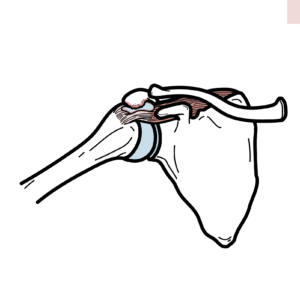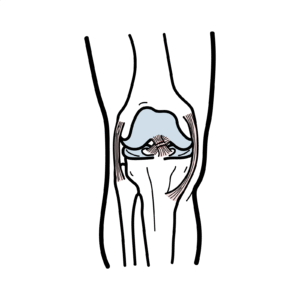Etanercept mechanism – TNF‑alpha inhibition and clinical uses
TNF-alpha inhibitors neutralize TNF-alpha to reduce inflammation and slow disease progression in rheumatoid arthritis, psoriatic arthritis, inflammatory bowel disease, and ankylosing spondylitis. This video explains how TNF-alpha antagonists work, the different drug types (etanercept, infliximab, adalimumab, golimumab, certolizumab), and their clinical benefits.
You’ll learn the biology behind TNF-alpha signaling—membrane-bound and soluble forms, receptor binding, NF-kappa B activation, and how that cascade drives fever, apoptosis, joint inflammation, cartilage damage, and bone erosion. The presentation then breaks down how each inhibitor blocks TNF-alpha: etanercept as a receptor-Fc fusion, infliximab as a chimeric IV antibody, adalimumab and golimumab as fully human monoclonals, and certolizumab’s PEGylated fragment that prolongs circulation. Clinical mechanisms like neutralization in tissue and bloodstream, antibody-dependent cell-mediated cytotoxicity (ADCC), and complement-dependent cytotoxicity (CDC) are clearly described.
Key benefits covered include reduced synovitis, protection of cartilage and bone, symptom relief, and disease-modifying effects. Risks and monitoring needs are addressed too—reactivation of latent tuberculosis, immunosuppression, rare demyelination, drug-induced lupus, and potential malignancy, along with safety considerations in pregnancy.
Watch to gain a concise, medically grounded understanding of TNF-alpha inhibitors, how they differ, and when they’re used—essential for clinicians, students, and patients exploring targeted biologic therapy. Learn which agents suit specific clinical scenarios and what to watch for during treatment.




































